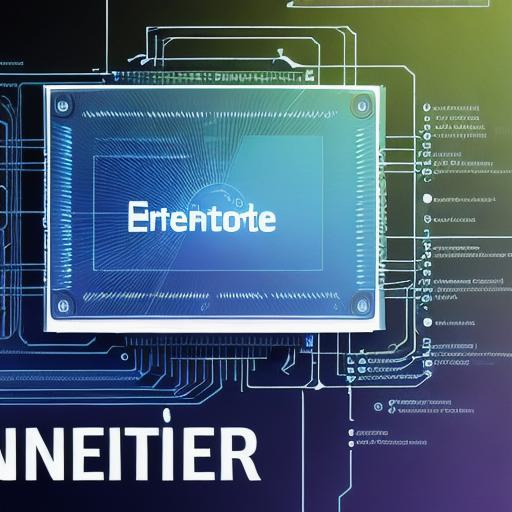Web3 vs Web2: A Comprehensive Comparison

Web 3.0, also known as the decentralized web, is an emerging technology that promises to revolutionize the way we interact with data and each other on the internet. While it builds on many of the principles of Web 2.0, there are some key differences between these two generations of the web that you should be aware of. In this article, we will explore the major differences between Web3 and Web2 and why they matter.
What is Web3?
Web3 is a decentralized version of the internet that operates on the principles of peer-to-peer networks and smart contracts. It is based on blockchain technology and offers a number of benefits over traditional centralized systems, including greater security, privacy, and control for users.
Some of the key features of Web3 include:
- Decentralization: Web3 operates without the need for a central authority or intermediary, allowing users to interact directly with each other and share data in a secure and trustworthy way.

- Smart contracts: These self-executing contracts are used to automate many of the processes that we rely on the internet for, such as buying and selling goods and services, paying bills, and more.
- Tokenization: Web3 enables the creation of digital assets, known as tokens, that can be traded on decentralized exchanges (DEXs). This allows for the creation of new forms of finance and investment opportunities.
What is Web2?
Web 2.0 refers to the second generation of the internet, which is characterized by the rise of social media platforms, cloud computing, and other centralized systems. While these systems offer many benefits, they also come with some significant drawbacks, including:
- Centralization: Web 2.0 relies on centralized servers and intermediaries to function, which can create security and privacy risks for users.
- Control: Users have limited control over their data and interactions online, as these are controlled by the companies that run the platforms.
- Lack of innovation: Web 2.0 systems are typically built on proprietary technology, which limits their ability to innovate and adapt to changing user needs.
The main difference between Web3 and Web2 is that Web3 is decentralized and open, while Web2 is centralized and controlled by a few large corporations. In the next section, we will explore some of the key differences between these two systems in more detail.
Differences Between Web3 and Web2
Security
One of the biggest advantages of Web3 is its decentralized nature, which makes it much harder for hackers to compromise the system. Because there is no central point of failure, Web3 systems are much more resilient and less vulnerable to attacks.
In contrast, Web 2.0 systems rely on central servers that can be targeted by hackers, resulting in data breaches and other security risks.
Privacy
Web3 also offers greater privacy for users, as it allows them to control their own data and share it only with those who need it. This is possible because Web3 systems use encryption and other security measures to protect user data, and because they do not rely on centralized intermediaries that can sell or share data without the user’s consent.
On the other hand, Web 2.0 systems typically collect vast amounts of user data and sell it to advertisers and other third parties, resulting in a loss of privacy for users.
Control
Web3 offers users greater control over their online interactions, as they can choose which platforms and services to use and how much personal information to share. This is possible because Web3 systems are open and decentralized, allowing users to create their own applications and services that cater to their specific needs.
In contrast, Web 2.0 systems are typically controlled by a few large corporations,








